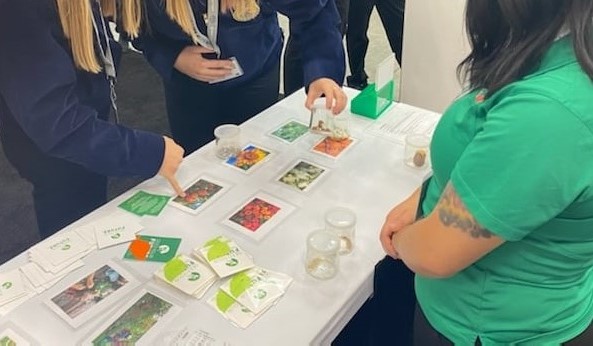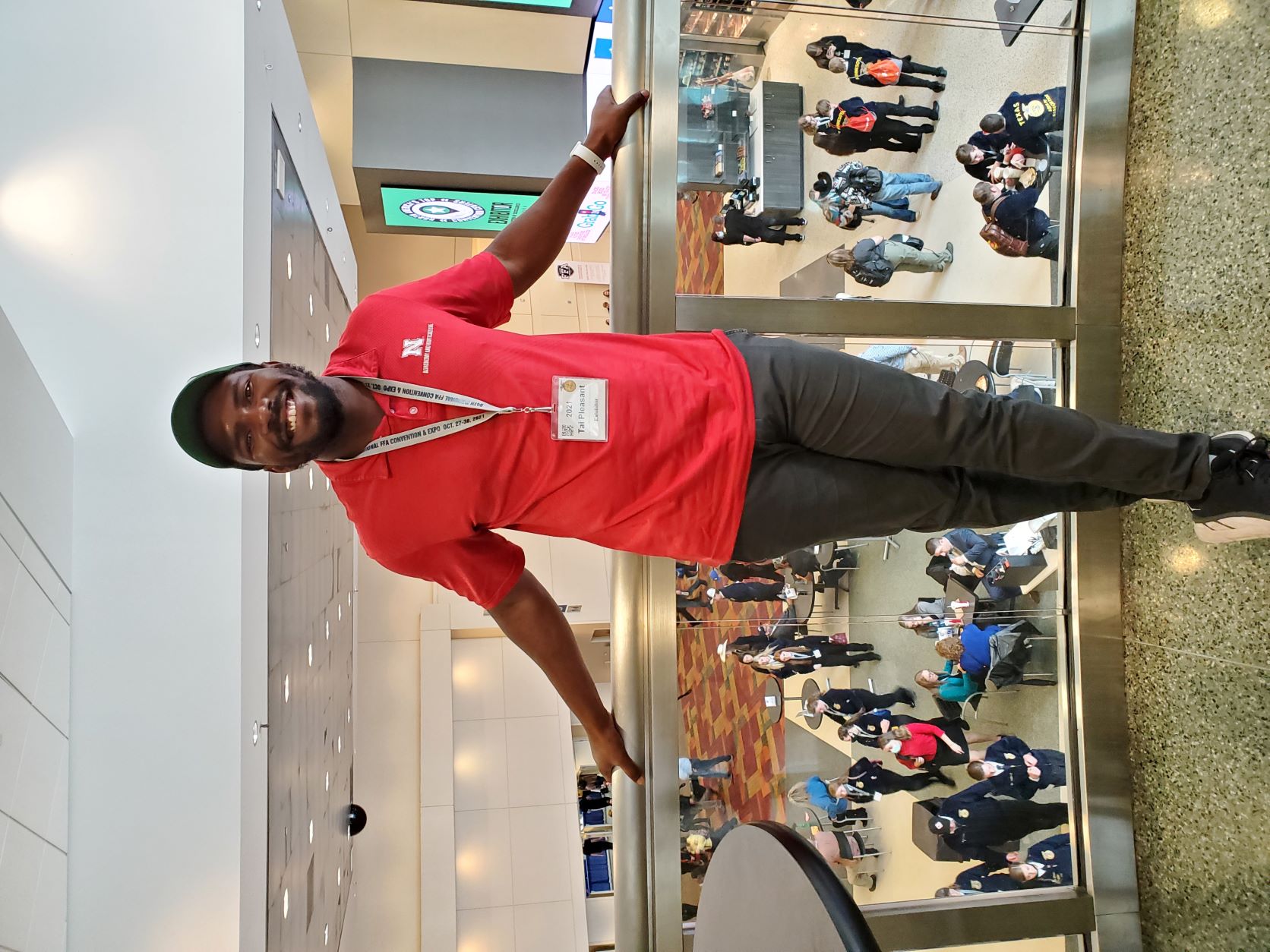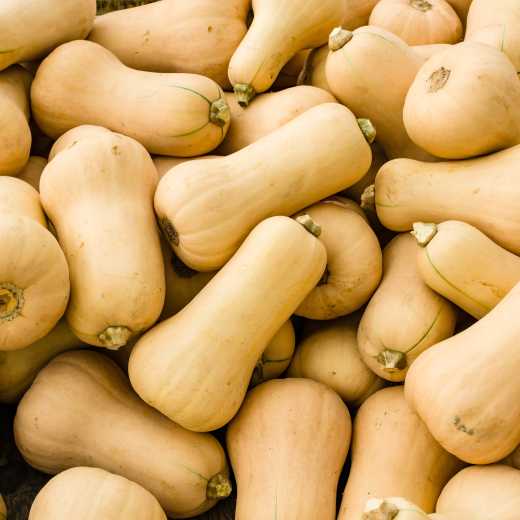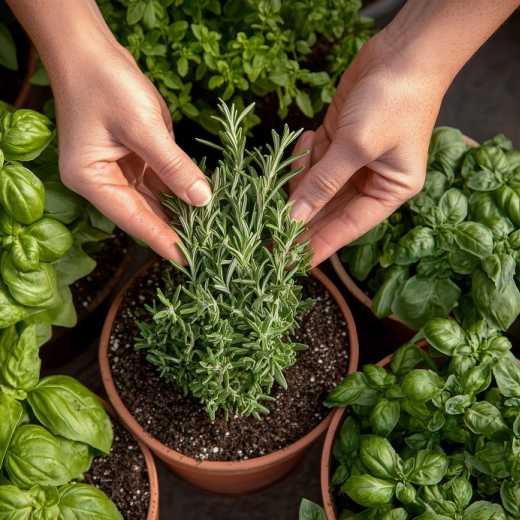What Garden Clubs Can Learn from the National FFA Convention
The annual National FFA Convention and Expo just ended here in Indianapolis. As the first in-person convention in two years, the National FFA hoped for between 33,000-40,000 onsite participants. Final numbers are being counted, but as of October 29th, they topped 55,000 youth and adult advisors – with thousands more participating virtually. As a long-time speaker and local volunteer for the convention, I found some remarkable trends that potentially can have positive impact on the work of garden clubs. Interacting with hundreds of students over the 5-day conference, guiding them on career success tours to Indianapolis-area employers, and talking with exhibitors and advisors gave me great hope for the future of gardening and horticulture.
As background, FFA was founded in 1928 and is an intra-curricular student organization for youth interested in agriculture and leadership. It provides agricultural education and leadership training opportunities across the United States in rural, suburban, and urban environments. Much like other long-tenured organizations (such as the National Garden Clubs) their numbers have declined from their all-time high, but they work hard to be relevant to today’s youth. They have been unfairly stereotyped as a “farming” organization; their original name was Future Farmers of America. But they invest in robust tactics to show that they address the umbrella of agriculture to include cultivating specialty crops, ornamental horticulture, livestock, and more. That said, until this year, my personal experience at the convention was that the majority of youth were most interested in livestock and “big crops” agriculture.
So, why am I excited about this year? The energy was electric and the paradigm shift — palpable. Here are my top observations:
- Youth were excited to talk about their experiences during the pandemic — from finding solace in connecting with nature to growing food for their families and community.
- They expressed interest in gardening, in feeding the world, in growing plants not just for nutrition, but for beauty.
- The plant systems portion of the Agriscience Fair Competition was loaded with impactful and interesting science experiments that tested ways to improve the planet, food systems, or livestock through plants.
- The colleges and universities in the Expo Hall were thrilled that so many students were interested in pursuing education in the breadth of plant sciences – from agronomy to urban agriculture – from ornamental horticulture to the emerging areas of hydroponics and aeroponics.
- Exhibitors focused on plant-based issues were very popular. For example, National Garden Clubs’ partner, Seed Your Future, offered an activity where students matched seeds to mature plants. It was a big hit!
The success of the convention was great for National FFA and for the students and advisors, but what does that have to do with garden clubs? I think quite a lot. As clubs, we’ve been working to engage more youth and draw them in to our local activities and the projects of National Garden Clubs. Local FFA chapters have youth members who are already interested in so many of the same topics we care deeply about. Now is the time to develop relationships (if you haven’t already) with local FFA chapters and work together to get more youth interested in gardening and strengthening communities.


Contact the adult advisors of the FFA chapters near you. Find out about their projects and what your club can do to help. With 735,038 youth members, aged 12-21, in 8,817 chapters in all 50 states, Puerto Rico, and the U.S. Virgin Islands – there is bound to be a chapter near you. You can easily find a chapter through this tool: https://www.ffa.org/chapter-locator/. Then, here are some ideas to get you started:
- Invite FFA youth and advisors to be speakers at your club meetings. They can educate your members on their projects and interests.
- Offer to speak at FFA chapter meetings. Tell them about all of your projects and seek ideas to work together for the benefit of your community.
- Recruit the FFA chapter to serve as volunteer labor for your community beautification projects.
- Promote the National Garden Clubs’ youth contests to FFA members.
- Volunteer to serve as judges for the National FFA contests. FFA is always looking for judges for their Agriscience Fair and other contests. Judging has been virtual the last few years, so you’ll have opportunities to volunteer no matter where you are located.
- Host a youth flower show or even start a youth garden club. Promote participation to FFA members and others.
In order to “Plant America,” we need to inspire more young people to embrace our mission. One step is to collaborate with other like-minded organizations. National FFA and their youth members is a great place to start!
National Garden Clubs, Inc. is a 501(c)(3) organization that aims to promote the love of gardening, floral design, and civic and environmental responsibility. There is a local club near you, click here to find one and join. Subscribe to the NGC’s blog by entering your e-mail here. You will receive an e-mail when there is a new blog article on the NGC website. You do not have to be an NGC member to subscribe.

 Member Login
Member Login






